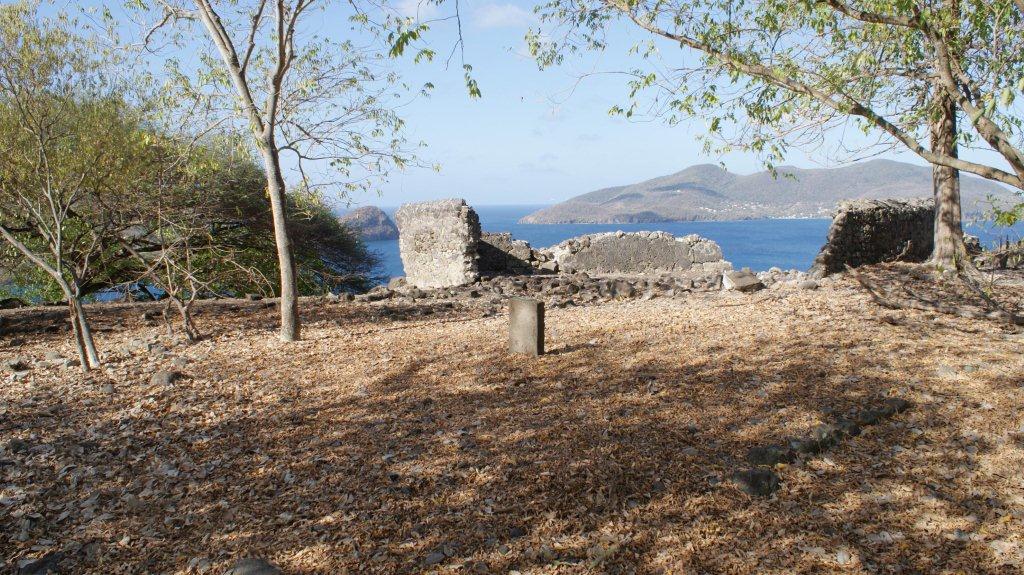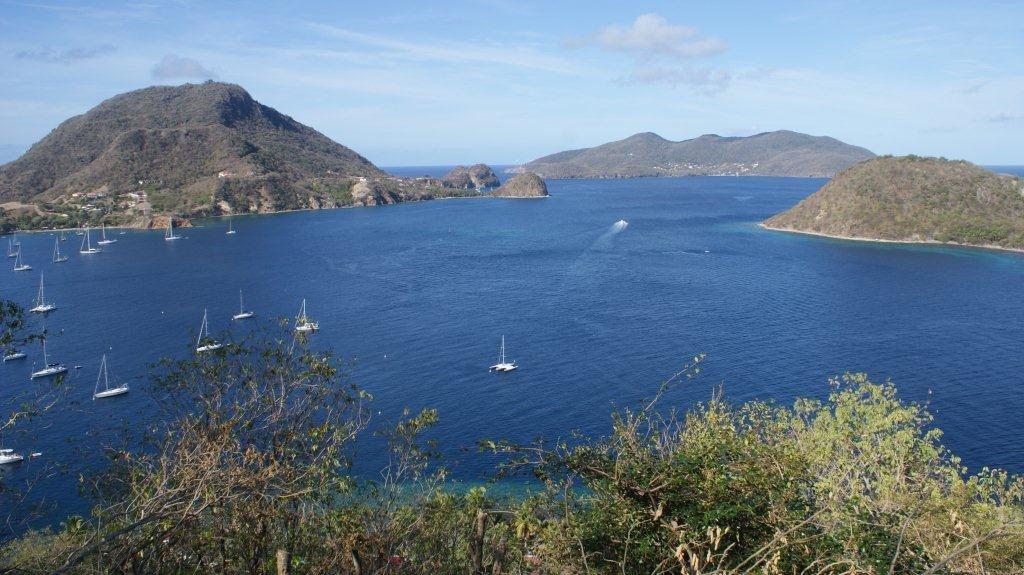
Pointe-a-Pitre (Guadeloupe): They came from distant India to verdant Gudaeloupe, a group of French islands in the French West Indies, with dreams in their eyes, only to end up being exploited for endless years.
Between 1854 and 1889, an estimated 42,873 Indians came largely from five French ruled territories in India to work on contract on sugar plantations not knowing that colonial settlers had turned to them to find cheap labour after the abolition of slavery in 1848.
On their arrival, the cultural shock was brutal, as Michel Narayninsamy, president of Guadeloupe Global people of Indian Origin (GOPIO) notes.
“Their reception was not welcoming and they found themselves between the colonialist and the liberated people who regarded them with certain hostility as the masters were still recovering from the spirit of slavery,” he said.
Exploited, humiliated, beaten, condemned and deported, hundreds between them died in atrocious conditions for reclaiming their rights, their religious practices and mainly repatriation to India after the end of their five year contracts.
Thirty five of them were deported to the Isle of Goats and died there under atrocious conditions.

This week GOPIO honours the ancestors of people of Indian origin who “resisted the times, the isolation and humiliation” by erecting a memorial to mark the history of the Indian presence in Guadeloupe on the Isle of Goats, Terre de Hauts.
The three-day event from May 31 to June 2 marks another manifestation of GOPIO Guadeloupe’s efforts to re-establish their links and culture with their forgotten native land initiated since the visit of Minister of Overseas Indian Affairs Vayalar Ravi two years ago.
Before that “for more than 157 years, the government of British India and the successive Indian governments after independence forgot and ignored us”, said Narayninsamy.
The monument inspired by the discovery of a document about the life and times of the Guadeloupe Indians’ ancestors aims to bring home to Indians around the world “what our men, women and children have endured”, said Narayninsamy.
As one account by one Captain Bonnemaison of his visits to the Isle of Goat notes: “They showed us the disciplinary cells. They were virtual tombs of stone of two metres long and one metre fifty centimetre wide and two metres sixty high.
“The prisoner would sit on the bare floor with his shoulder and head against wall and feet shackled and dangling 0.25 metres above the floor.”

Historical documents and studies cited by GOPIO show that following a March 27, 1852 decree of the French President and the convention of July 1, 1861, all immigrants were entitled to be repatriated free to their homeland on completion of their five year contracts.
But with plantation owners delaying the departure of their Indian labour by all means and various other reasons, only an estimated 8,700 Indians left Guadeloupe between 1861 and 1906 on 28 ships, though one of them returned after one month.
Admittedly a few hundred Indians, who had achieved success in their endeavours as businessmen, home and land owners chose to stay back. But a vast majority of Indians had to stay back only because they could not get their repatriation.
As Christian Schnakenbourg, professor emeritus at the university of Provence, notes in his thesis on “The Indian Immigration In Guadeloupe 1848-1923”: “The migratory adventure of the Indians in Guadeloupe was only a succession of dramas: lies during commitments, humiliation, violence, and misery during and after return.”
“For the vast majority amongst them, the emigration destroyed their lives; they came back to India just to die.”
(Arun Kumar can be contacted at [email protected])
The opinions, beliefs and viewpoints expressed by authors, news service providers on this page do not necessarily reflect the opinions, beliefs and viewpoints of Hill Post. Any views or opinions are not intended to malign any religion, ethnic group, club, organization, company, or individual.
Hill Post makes no representations as to the accuracy or completeness of any information on this site page.



